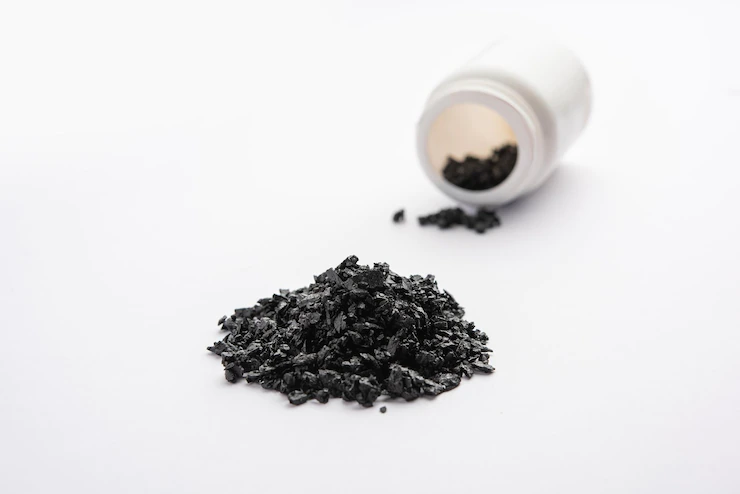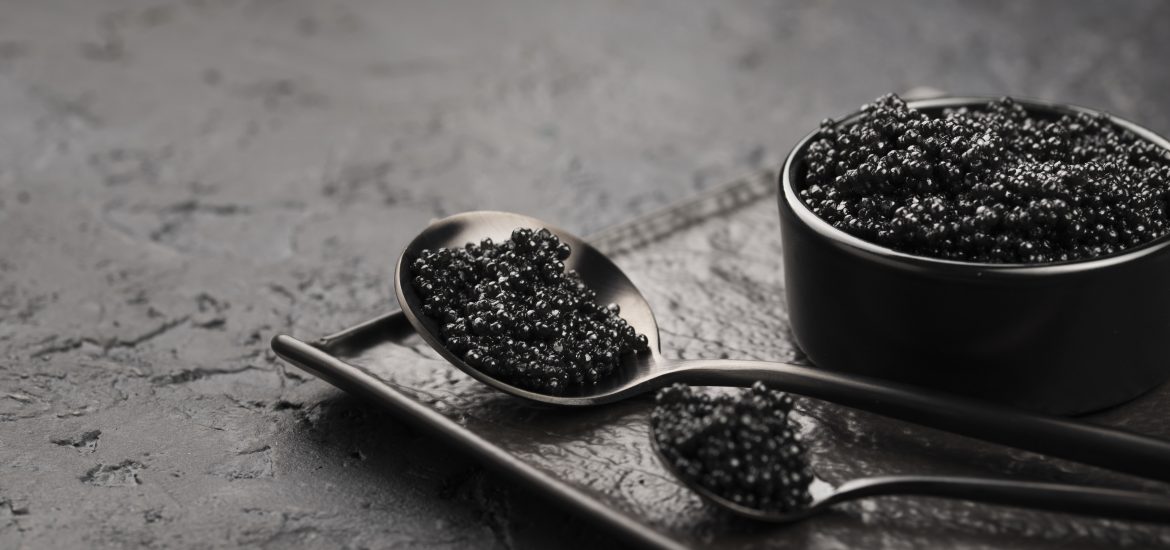Shilajit powder is a black or dark brown compressed substance composed of humus and plant components.
Table of Contents
Shilajit Powder- Uncovering the 5 Excellent Mysteries
Shilajit is not a new product; it has been utilized throughout Asia for thousands of years. Shilajit powder can be found in various locations, including Afghanistan, Nepal, Pakistan, Russia, and Tibet. It is generally associated with the Himalayan highlands.
It is rich in minerals, including zinc, iron, magnesium, and leucine, to name a few. It also contains trace elements that the human body needs or benefits from, as well as fulvic acid, which aids the body in absorbing all of the minerals found in Shilajit. It has long been used to make people feel better, boost performance, and improve overall health because of its high quantities of minerals and other components. According to certain reports, it can heal practically any condition, which is why Shilajit is often considered an ayurvedic medicine rather than a supplement.
Shilajit Powder Composition
Although shilajit is commonly referred to as mineral tar or resin, it is none of these things. It is a very thick, dark brown or black material that is similar to tar or resin in appearance, but it dissolves easily in water but not in ethanol. Shilajit contains 60% to 80% humic compounds, including humic and fulvic acids. Mineral concentration is between 15-20%, with trace elements such as selenium being present.
Shilajit powder is, therefore, high in nutrients such as mineral salts, amino acids, and other organic components such as:
- benzoic acid
- hippuric acid
- fatty acids (myristic acid, stearic acid, Oleic acid, petroselinic acid, linoleic acid, lauric acid, saturated fatty acids)
- ichthyridine
- salicylic acid
- resins
- triterpenes
- sterols
- aromatic carboxylic acids, 3,4-
Shilajit is a mixture of herbs and minerals that are used in Ayurveda, which is an ancient Indian medicine system. Shilajit powder has been used in traditional plant medicine to treat a wide range of illnesses. It is mineral-rich and contains an essential chemical known as fulvic acid.
Shilajit, a blackish-brownish resin, is derived from rock layers found in various mountain ranges across the world, including the Himalayan, Tibetan, and Altai highlands. Shilajit can be purchased as a dietary supplement. Here we will discuss the various applications of shilajit powder.
In the United States, dietary supplements are not regulated like pharmaceuticals, which means that the Food and Drug Administration (FDA) does not review them for safety and effectiveness before goods are advertised. If you can, choose a supplement, you have tried by a third party you trust. However, just because supplements have been third-party tested does not indicate they are safe or beneficial. As a result, it is critical to consult with your healthcare professional about any supplements you intend to take and to inquire about potential interactions with other supplements or drugs.
Supplemental Information
Fulvic acids, fuses, and carotenoids are active ingredients. Mumie, Moomiyo, Mummiyo are two alternate names for Mumie.
Suggested Dose
There is no suggested recommended dose for Shilajit powder. For safety reasons, it’s not a good idea for kids or women who are pregnant or nursing. Shilajit supplements should only be used as prescribed by a trained dietitian, nutritionist, pharmacist, or other healthcare professional. No dietary supplement is meant to diagnose, treat, cure, or stop illness.
There has been little research into the potential health advantages of shilajit powder. While shilajit has been researched in lab and animal studies for a variety of health disorders (including chronic fatigue, anemia, diabetes, and chronic pain), there is insufficient evidence to support its usage for any of these conditions due to a lack of human study. More investigation is required. There have been very few well-designed, placebo-controlled, peer-reviewed human investigations reported.
Benefits of Shilajit
Following are the few benefits of Shilajit powder that help to fight against different diseases:
Alzheimer’s disease
Shilajit includes fulvic acid, an antioxidant. According to a 2012 study, the fulvic acid in shilajit may help prevent tau accumulation. Tau is a protein that generates neurofibrillary tangles, which are knotted groupings of dead and dying nerve cells. Tau is thought to be a major marker of Alzheimer’s disease and other related disorders.
Another trial, conducted in 2012 with 16 persons with suspected Alzheimer’s disease, found that there was less cognitive deterioration (e.g., disorientation, memory loss) for 24 weeks when compared to the placebo group. Mental examination tests were used to assess this. It is worth noting that the researchers utilized a mixed formula of shilajit and B vitamins rather than just shilajit powder.
Sperm Counting
In a 2010 study published in the journal Andrologia. Shilajit powder was given to 35 infertile men to see how it affected their sperm. For 90 days, participants in the trial consumed 100 milligrams (mg) of processed shilajit powder in capsule form twice daily. At the end of the trial, 28 patients had substantial increases in total sperm count, healthy sperm count, and sperm motility, a measure of how well sperm travel.
Cholesterol Problems
A small study that came out in 2003 found that cholesterol levels had gone up. Thirty people between the ages of 16 and 30 took part in the study. Participants were divided into two groups at random. For 45 days, one group of 20 people took 2 grams of shilajit per day, whereas another group of 10 people took a placebo.
Researchers discovered significant reductions in cholesterol and triglyceride levels in the shilajit powder group compared to the placebo group. High triglycerides and cholesterol raise the risk of getting heart disease. The antioxidant status of the shilajit group was also improved, which is a measure of how efficiently the body shields cells from injury. Researchers checked for and found no changes in blood pressure, heart rate, or body weight.
What Are Shilajit’s Side Effects?
The use of a supplement such as shilajit may result in negative side effects. These side effects could be mild or severe. Little is known regarding the safety of shilajit use in the short or long term due to a lack of studies. However, there are certain potential issues and adverse effects to consider, including:
Shilajit has been shown in animal model studies to enhance iron levels. As a result, those with disorders like hemochromatosis (an excess of iron in the blood) should avoid it until more human research is conducted. Shilajit can affect the body’s hormone levels, including a considerable increase in total testosterone levels. Raw or uncooked shilajit may include heavy metals or fungi that can cause illness.
Precautions to Use Shilajit
Shilajit powder should not be consumed by pregnant or breastfeeding women or children. As previously stated, shilajit should be avoided if you have hemochromatosis or testosterone issues.
Supplements for Shilajit
Shilajit is available in capsules, powder, and liquid forms. It can be in various hues (for example, white or black) and has a strong stench. It is not commonly found in foods but may be added to beverages.
Some items may include hazardous substances such as heavy metals. Even products labeled “purified” may contain pollutants. There is no scientific evidence to determine which version is superior. There are also safety issues while taking this or any supplement. Remember that any company that markets a dietary supplement product as a treatment or cure for a specific condition is breaking the law.
How do you use Shilajit resin?
The resin can be mixed into a hot beverage. Shilajit, on the other hand, melts at temperatures above 20 degrees Celsius, so you can either put a piece in your mouth and let it melt or swallow the piece before it melts. Shilajit resin can be consumed in a variety of ways, and you can experiment with them yourself; just be careful not to overheat the product.
A hot beverage is fine, but putting it in the oven at, say, 200 degrees Celsius risks wasting the product. Shilajit can have an effect in as short as 10 days, but it might sometimes take longer. We recommend beginning with a small amount, no larger than the size of a fingernail, once a day. You can gradually increase the dosage or simply use the product 1-3 times each day if you like
Summary
Shilajit is a mineral-rich resin. It has been utilized for centuries in Ayurvedic medicine. Some preliminary research suggests it may help treat mild Alzheimer’s disease and high cholesterol. However, more human clinical trials are required to fully understand the effects and dosage quantities. While research is limited, probable negative effects include elevated blood iron levels and changing hormone levels. Shilajit, like most supplements, is not regulated by the FDA, so it’s crucial to consult with your doctor if you’re considering using it for health reasons.


